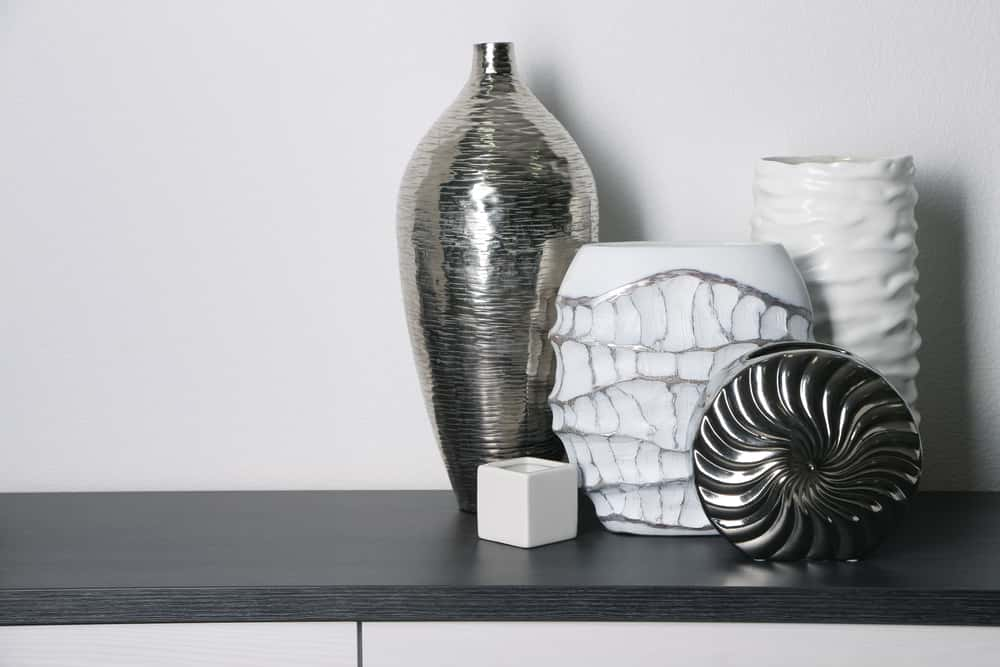Textures add that all-important ‘wow’ element to interior design. Embellishing with textures is a fine art; one that comes with years of practice, and elevates a design that’s already perfect to something that’s truly swoon-worthy! Used right, textures add depth and dimension to your spaces, effortlessly creating stunning impact.
Sounds hard to do? Here’s a primer on the importance of texture, with tips and ideas on how to effectively apply the tenets of texture in your own home. Learn how to mix materials and layer textures together to accentuate and articulate spaces.
First up, what exactly is texture?
Texture, Defined!
As applied to interior design, texture is all about creating tactile experiences through the use of different surfaces and materials. It is a pivotal element of design that refers to the feel, appearance or consistency of a surface or material. Textures help to dictate how a room comes together, adding an extra layer of depth that keeps the décor from feeling flat or uni-dimensional.
Here are some tips and tricks to help you work with textures like a pro!
Choose Fabrics That Create Textural Contrast
Layer fabrics with multiple textures together to create a space that’s rich and multi-dimensional. Try to imagine how the different finishes will stack up against each other; the shagginess of a pile cushion, the softness of a woollen throw, and the roughness of organic cotton, for instance. Thick weaves and fine blends offer tactile contrast, and so do different types of fabrics.
Always pick materials that will create textural contrasts, rather than having everything of the same visual weight.
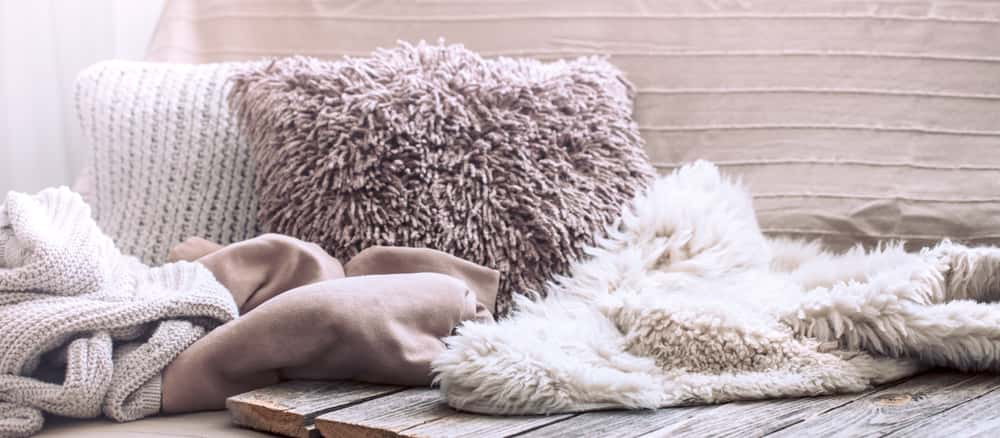
Look for Textures in the Flooring
Textures are not just limited to fabrics alone. Stone floors can be hard and cold, while wooden floors can be smooth and polished, or grainy and knotted. If your floors are of polished stone, try to imagine how a soft shag rug will look and feel against the stone slabs. And if the floor is of rough poured cement, imagine how a vintage Persian carpet, hand-knotted in silk, could create exquisite contrast.
Here, a handloom shag rug against polished wood floors adds not only texture, but also colour and pattern to the room.
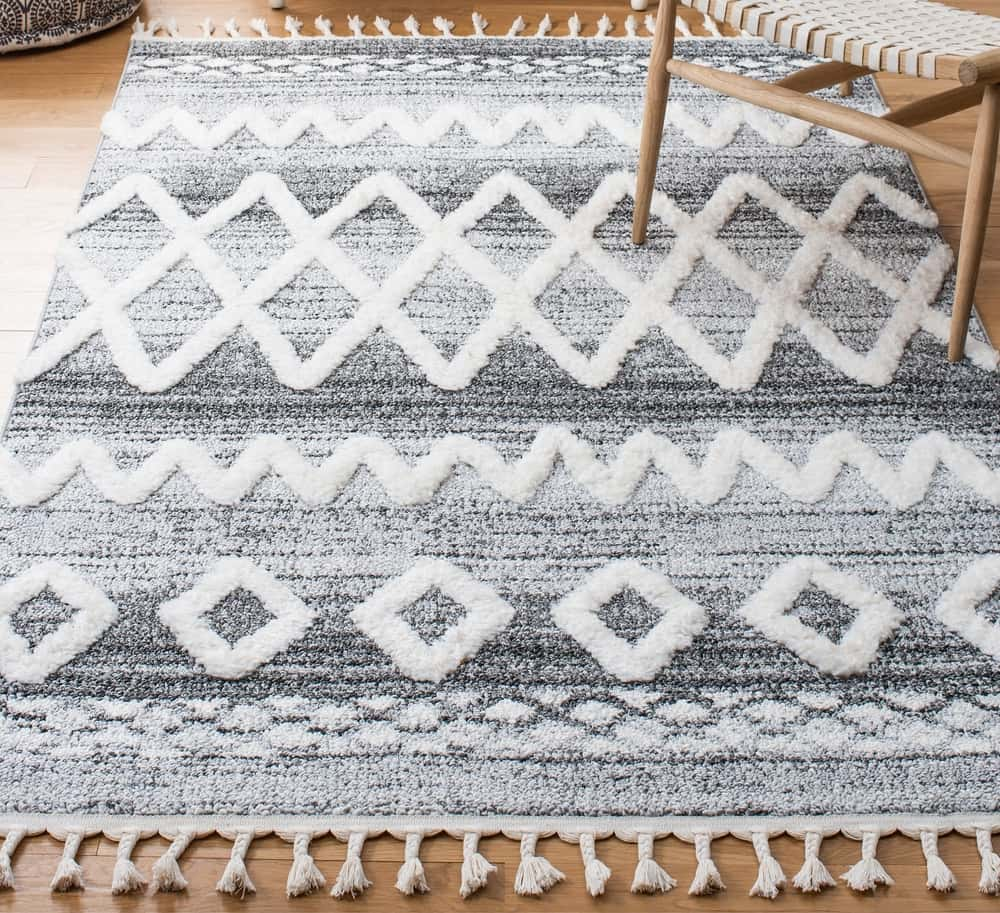
Create Magic with Wall Textures
Accent walls that have textural finishes can enhance the décor of any room and add focal interest. For instance, your wall can be plastered with rough stucco or silken satin emulsion. It can be comb-striped with plaster, or can be whitewashed to create a distressed finish. You can also consider finishing your wall with the unevenness of natural stone or the earthiness of brick. Textured paints and wallpapers are also available that can instantly liven up your space and give it an extra dimension.
This cottage-style brick wall is whitewashed without plaster, to give a rough and rustic finish that accentuates the texture of the hand-crafted macrame wall hanging.
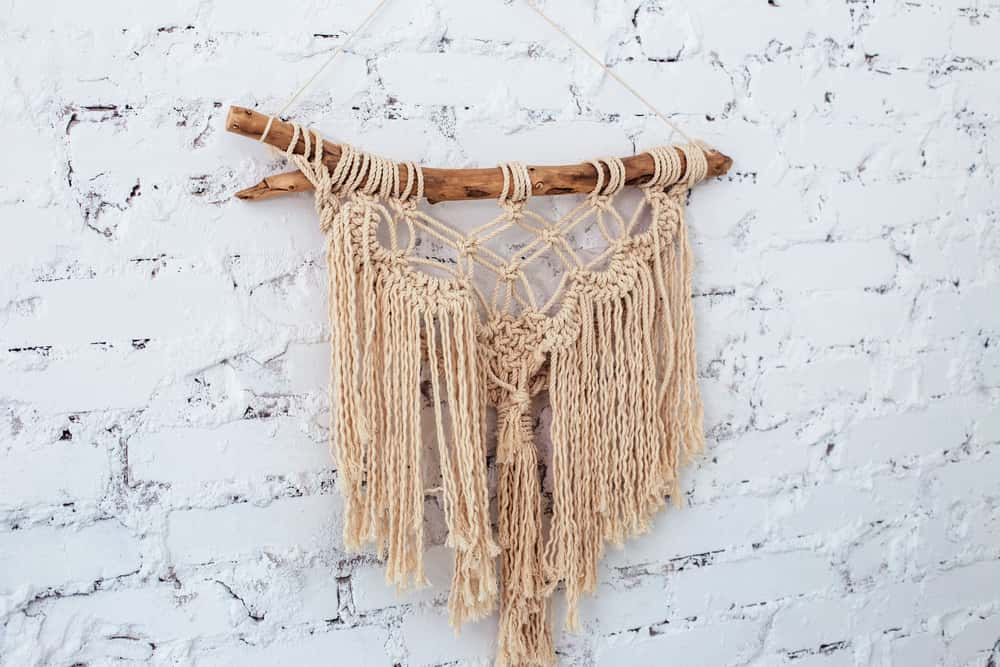
Play Around with Textured Accents
Even the smallest of accessories in the room can add impactful texture to your space. Consider a vase made of green glass, for instance, or a burnished brass jar; a rough terracotta planter or a delicate porcelain figurine. You can use ornamental accessories to highlight corners, or cluster an arrangement of objects with contrasting textures on the coffee table to make a visual statement.
In this living room, the assortment of vases on the side table blends well together, creating textural variation and visual intrigue. Again, the contrast between the smooth linen sofa, the handloom throw and textured cushion cover dials up the tactile interest in the room.
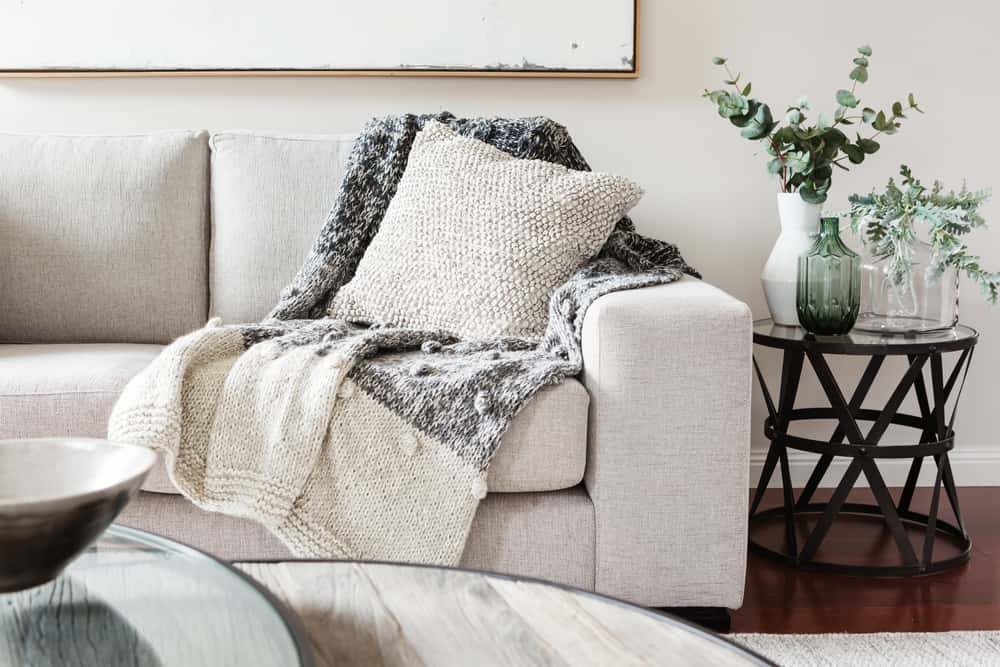
Incorporate the Textures of Nature
Nature is awash with colours, textures and patterns, all of which enhance the look and feel of your spaces without even trying too hard! The different shapes of leaves, the textures of the pots and the patterns of flowers play their part in embellishing the visual textures in the room. Choose plants with glossy leaves and serrated edges, lush and leafy ferns, or plants with trailing cascades of foliage to get a variety of natural textures into your room.
This pretty bedroom is a lovely example of how to use textures right! The interplay of tactile finishes in the bed linen contrasts beautifully with the lush greenery all around.
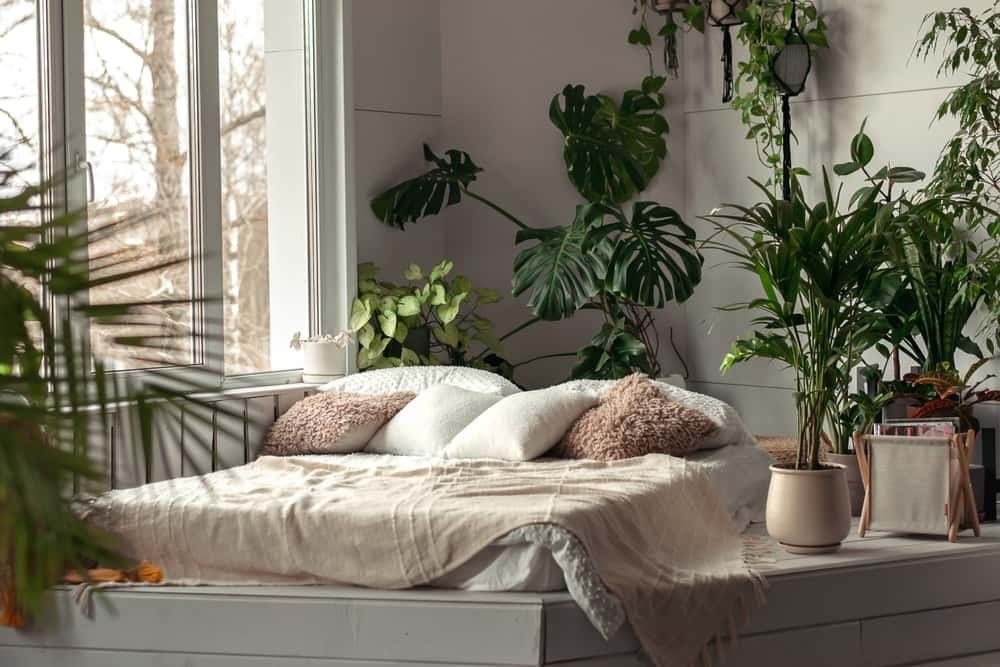
Add Textures Through Furniture
You can also choose to explore textures in the furniture and furnishings. The distressed paint finish on an upcycled dresser, the high-gloss finishes of modern kitchen cabinets, or the velvety sheen of a vintage couch all add to the visual delight in your room. Embracing a variety of textures, interspersed with different patterns and colours can lead to very striking results.
Wickerwork furniture offers lovely textural weaves and patterns that create a cosy, rustic aesthetic in this charming bedroom.
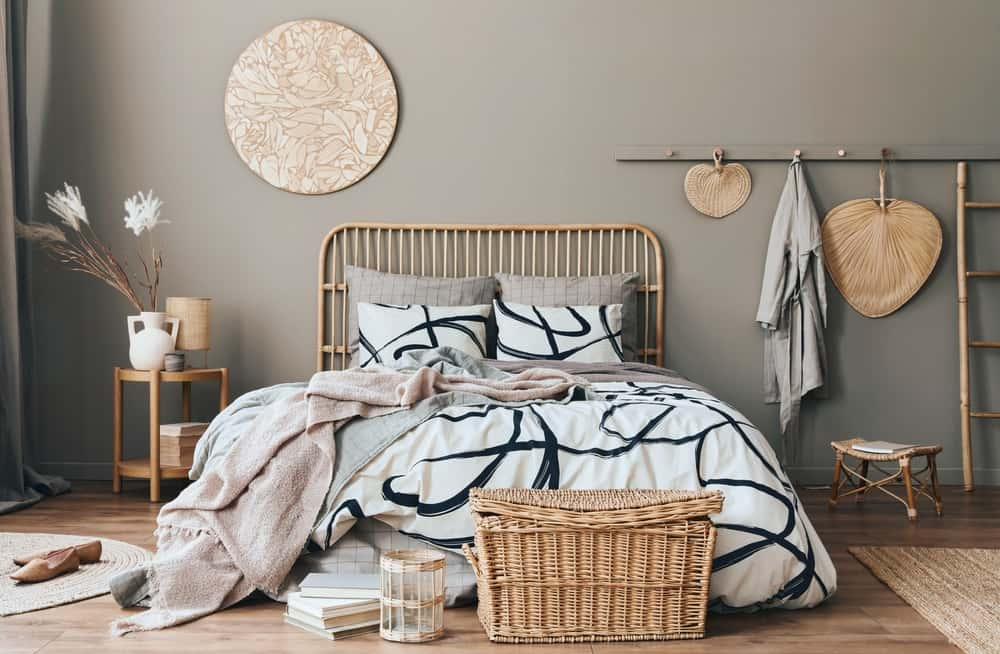
Keep These Tips in Mind, to Scale Up Your Textural Game!
- In a monochromatic theme, the use of texture interrupts the consistency and prevents visual fatigue.
- Textures can be in-your-face obvious or very subtle; it is the contrast between different surfaces that adds visual intrigue.
- Any texture can be enhanced through cleverly positioned lighting. For instance, spotlights above a textured wall highlight the undulations and throw interesting patterns of light and shade.
- Too much of texture can also overwhelm. Always consider the relationship between the elements and play off heavy textures against soft and plain surfaces.
- Organic materials add interesting textures that are non-repetitive. Woven baskets, raw handloom fabrics, and artisanal pottery all have unique finishes that are not easily replicated.
- Architectural elements like cornices, tiles and masonry, floor finishes and wainscoting add a wealth of tactile finishes to any space. Always consider these textures while doing up the interior of each room.
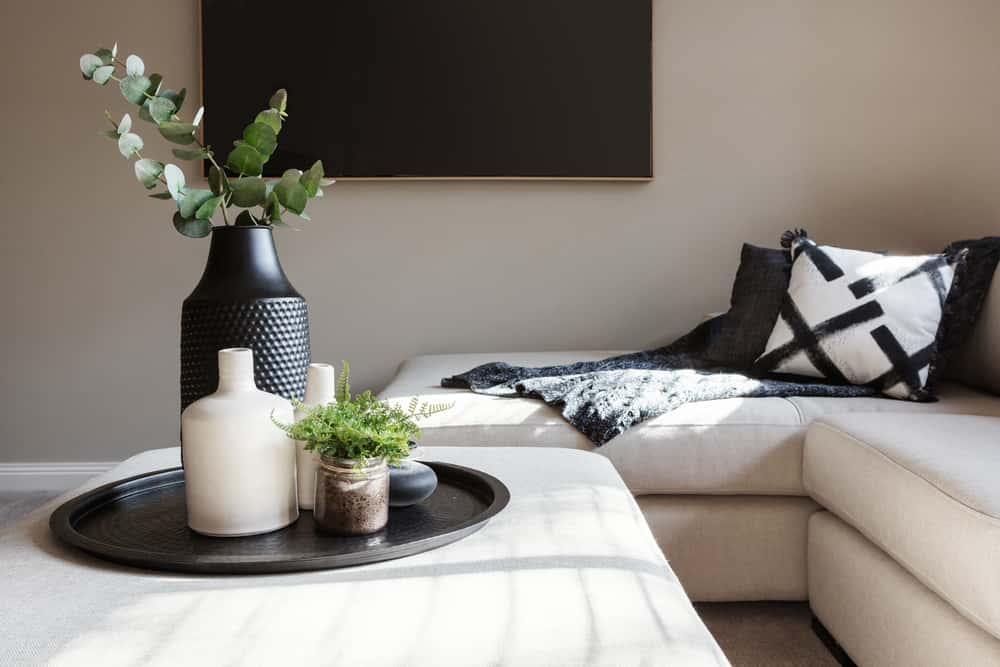
The ways in which you add textures to your room speak a lot about your personality and preferences. Textures change the way your room ‘feels’, give elements different visual weights, and tie the whole aesthetic together. For design guidance and how-tos, call a HomeLane designer today. We’ve got your every design need covered!

